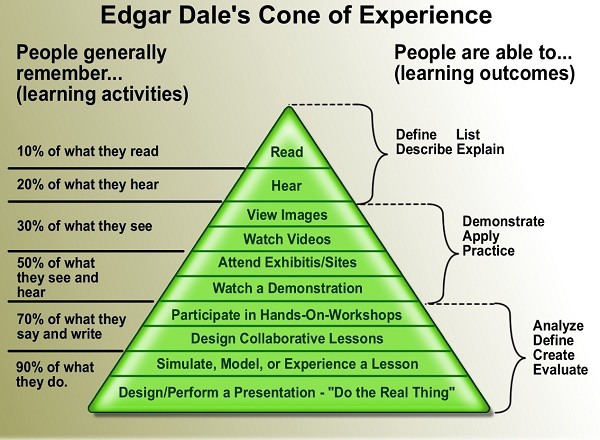Information. In this digital age, it’s everywhere. No matter what we are trying to improve or fix, we can find information online, at seminars, or – for some people – in books (yes, they still exist!). But information without action is just “noise.”
My husband and I have rescued and adopted Australian Shepherds for 13 years. We currently have 3 Aussie boys who we adopted in 2017 — one is 5 1/2 years old and the other two are about 2 years old. If you aren’t aware, Australian Shepherds are herding dogs and are in the same intelligence category as Border Collies. Aussies are SUPER smart — sometimes to their own detriment as they can quickly outsmart their unsuspecting owners and before you know it, they are completely running the show in your house. When you see a posting for an Aussie needing rescue, the text of the post almost always says something to the effect of “needs an Aussie savvy home” or “needs to go to school to learn basic obedience.” I learned early on, when I got my first Aussie in 1986, that not only did I need to take him to obedience class, but I had to PRACTICE what was learned in class as well as continue to reinforce the learning after the class was over. One of the dogs we currently have needed some more intensive training so I drove an hour each way to a really good instructor to go through a 6 week basic obedience class (even though we had been through another class before that at a local facility). When we went through the second class with a new instructor, her approach was different and based on helping dogs actually understand how to shift their behavior using positive reinforcement from the handler. Each week we had to demonstrate the lessons learned the previous week – to show that we were practicing and to see what we needed to keep working on. At the last class, we had to demonstrate some difficult skills (putting the dog in a “stay” in one location, walk away to the other end of the classroom and then call the dog to us — all with other people and dogs as distractions). My dog and I would not have been successful if we went to class each week and then went home and didn’t practice applying the information or just read about obedience online. It wasn’t just the information from the instructor that helped us be successful — it was the fact that we IMPLEMENTED and PRACTICED applying the information.

In the world of employee development, organizations spend millions of dollars on employee training programs where employees sit through (often agonizingly, usually disengaged) a 1/2 day or full day seminar or do an online program to learn some “soft” skill that the employer deems necessary to make them more productive. This could be communication, leadership, problem solving, conflict resolution, etc….. Employees oblige because their HR person says the training is required. The problem with these programs is that unless the facilitators are providing experiential learning AND robust debriefing conversations that allow participants to really explore the underlying thoughts, beliefs and perceptions that are involved in a situation, the only thing your employees are getting from that 1/2 or full day class is information. And given that the statistics say people only retain about 30% of information thrown at them in a typical class like that, what do you think the chances are that the employees are going to communicate, lead, problem solve or address conflict differently afterward? The odds are against your company seeing any implementation of the information provided.
So why do companies continue to spend millions of dollars on “training” that doesn’t produce actionable results? Perhaps it’s because there’s a resistance to try something different in training. Or employers think their employees are going to take the information and say “Aha! Yes! I need to stop behaving that way and do what they said at that seminar. I’ve seen the light!” Whatever the reason, employers who are serious about developing their workforce and helping their employees achieve their potential can do the following to get better ROI on their training dollars:
- Find out how the training is presented. Is it just a bunch of Powerpoint slides with quotes or a few bullet points of information that can be gleaned from an article or blog online? Or is it a combination of pertinent information followed by experiential exercises that allow participants to practice what is being learned and get coaching and feedback in the moment to develop their skills? Programs offering the latter are going to produce better results long term in developing your employees.
- Is the training being modified to the specific workforce needs and goals of your company or is it a generic training with some slides modified to include the name of your company and maybe a few references throughout to your industry? If you are paying to have a training just for your organization, the facilitator should be asking you for specific skills within the topic (communication, conflict resolution, etc…) that you want your employees to have when they leave the training.
- Most importantly, how is the facilitator gauging what was learned in the training? Do they just finish the informational session, have participants fill out an evaluation and send people on their way or do they go around the room at the end and ask each person what their main take-away was and how they will use it when they go back to work?
John Dewey, who had a tremendous influence on the U.S. education system stated “We do not learn from experience… we learn from reflecting on the experience.” If you want to get the most bang for your buck with employee development at any level, be sure the people providing the training don’t just show a bunch of slides and read from them, but actually engage the whole brain of the participants through experiential exercises followed by meaningful discussion that helps your employees reflect on what they are learning and commit to doing something differently when they return to work.
 Ginny Telego is the President of The Collaboration Partners, a consulting firm that is dedicated to helping leaders and teams develop the skills necessary to adapt to change in the ever uncertain environment that challenges organizations across the globe. To learn more visit www.thecollaborationpartners.com
Ginny Telego is the President of The Collaboration Partners, a consulting firm that is dedicated to helping leaders and teams develop the skills necessary to adapt to change in the ever uncertain environment that challenges organizations across the globe. To learn more visit www.thecollaborationpartners.com
